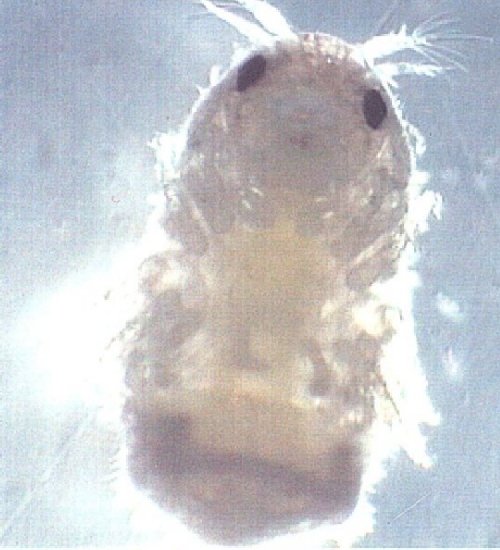

A number of species belonging to the phylum Mollusca and the subphylum Crustacea tunnel wood exposed in seawater. This page introduces the marine wood borers belonging to the subphylum Crustacea, genus Limnoria. Other crustacean wood borers belong to the families Cheluridae and Sphaeromatidae (Kofoid and Miller, 1927; Kuhne, 1971). Molluscan wood borers belong to the families Teredinidae (shipworms) and Pholadidae (piddocks)(Eaton and Hale, 1993).
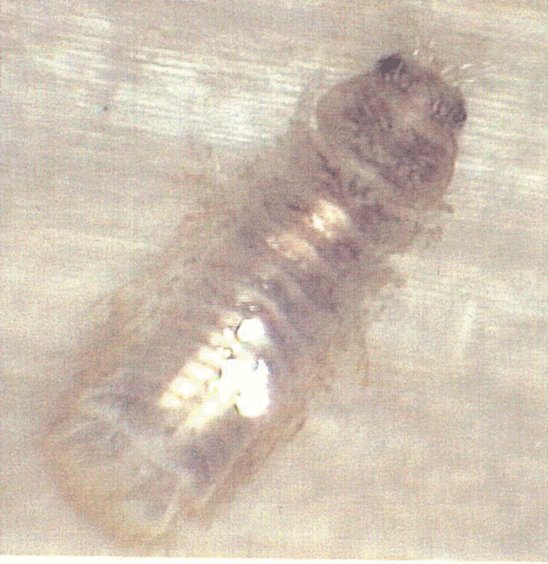
Wood borers play an important role recycling carbon in the marine environment, where they biodegrade wood at a greater rate than fungi and bacteria (Blanchette et al., 1990; Eaton and Cragg, 1996). During this process, some marine borers break down wood cell wall polymers to carbon dioxide and water.Limnoria is one marine borer which is believed to utilise wood for nutrition, since a cellulase complex is present within its digestive tract, enabling it to digest the cellulose component in wood (Ray and Julian, 1952; Ray, 1959a). However, controversy exists over the source of this cellulase complex.
In the marine environment, wood is used for a range of purposes
including wharves, jetties, piers, groynes, boats, floated timber,
supporting braces, aquaculture facilities, house stilts and lock
gates (Bletchy, 1967; Eaton, 1985; Cragg et al., 1999). When marine
wood borers damage these wooden structures in service, they are less
desirable. Global damage attributed to Limnoria, is difficult
to ascertain, although losses are estimated at $1 billion annually
for combined shipworm and Limnoria attack in the U.S.A (Boyle,
1988 in Cragg et al.,1999). In Australia, the annual cost for the
damage marine borers cause, calculated from timber replacement is $20
million (Cookson, 1986).
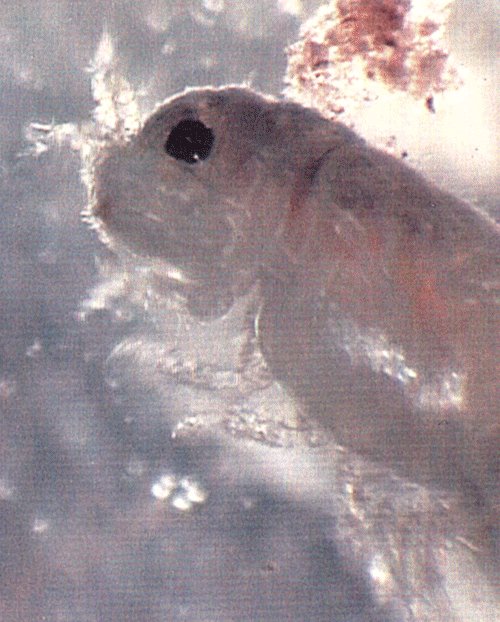
Other authors have reviewed and studied aspects and characteristics of the destructive boring habits of Limnoria and how they can be controlled (for example see: Somme, 1940; Ray, 1957; Bletchy, 1967; Hall and Saunders, 1967; Hochman, 1973; Barnacle and Cookson, 1995; Eaton and Cragg, 1996).
What led to my PhD research was the fact that although several investigators had examined wood digestion by Limnoria (Yonge, 1927; Ray and Julian, 1952; Ray 1959a), little information was available concerning the adaptive anatomy for wood digestion, with previous examinations providing limited information on anatomy and ultrastructure (Farenbach, 1959; Strunk, 1959; Sleeter et al., 1978). However, a number of studies have investigated microbial associations of Limnoria and the animal's ability to tunnel into naturally durable and preservative treated wood (Vind et al., 1956; Ray, 1959b; Ray and Stuntz, 1959; Boyle and Mitchell, 1978a and b; Sleeter et al., 1978; Cragg and Levy, 1979; Zachary and Colwell, 1979; Cookson and Barnacle, 1987; Daniel et al., 1991a and b; Eaton and Cragg, 1996; Pitman et al., 1997).
The three British species are Limnoria lignorum (Rathke), Limnoria tripunctata Menzies and Limnoria quadripunctata Holthius. However there at present, the family Limnoriidae contains 28 species of wood borers, 20 algal borers and 4 seagrass borers. L. septima and L. foveolata have unknown substrate requirements.
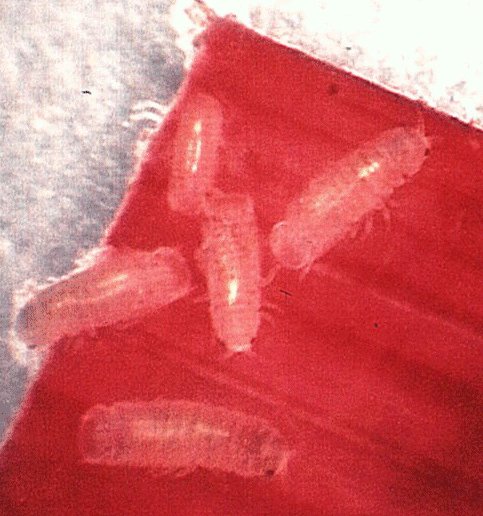
Because of the destructive nature of these isopods, it is desirable to understand their biology, of which to date there is not much information (see above). Studies have been carried out to try to understand how they detect wood, how they digest wood, how they survive tunnelling preservative treated wood and their relationships with microorganisms.
Two recent PhD studies into these problems have taken place at
Buckinghamshire Chilterns university College, High Wycombe. By myself
Dr Clare Tupper (title of my PHD is The Functional Anatomy
of the Gut and Feeding Related Studies of the Marine Wood Boring
Isopod Limnoria sp. (Limnoriidae: Isopoda)), and Dr
Suzanne Henderson. My study has provided an introduction into the
feeding biology of Limnoria, establishing that the gut
possesses no specialisations relating to the diet of wood, but that
the gut possesses similarities with those of other isopods that may
enable Limnoria to survive in contaminated environments.
Further work in this field, especially regarding the animals
relationships with microorganisms has provided more understanding of
the biology and ecology of this rarely studied animal.For more
information contact me on:
clare at podcentral.plus.com
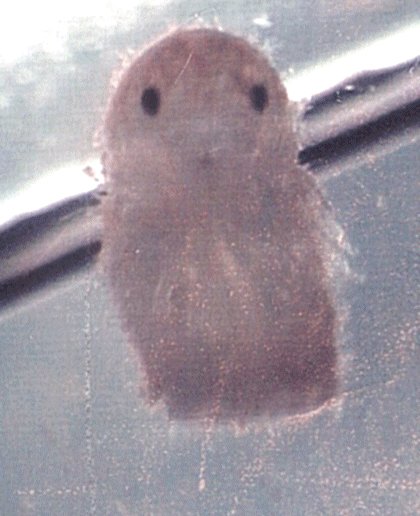
References cited in the text and other Limnoria and Sphaeroma references can be found on my reference page
Ongoing Limnoria and wood borer research is taking place at:
Other Interesting Isopod Sites can be found on my Links page.
